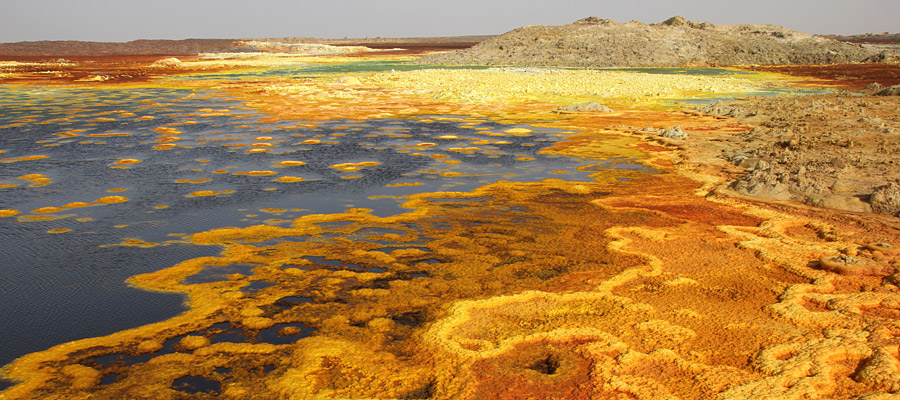Ethiopia turned Emperor Menelik’s palace into a tourist attraction park
Dubbed as Prime Minister Abiy Ahmed’s prestige project, Unity Park which is literally made from Ethiopia’s greatest monarch Menelik’s Palace is now open

Aerial view Unity Park in Emperor Menelik’s palace
October 10, 2019
One of Ethiopia’s greatest emperors, Menelik II, 19th century palace is transformed into a park to be visited by local and foreign tourists. It is officially launched on Friday. Since the end of the 19th century., Ethiopian leaders including the late Meles Zenawi lived in the palace
Prime Minister Abiy Ahmed is said to have initiated the US $160 million (about 1.5 billion Ethiopian birrs) project and he has named it Unity Park. The United Arab Emirates has reportedly provided financial support for it.
Widely criticized as Prime Minister Abiy Ahmed vainglory project, it seems to be a demonstration of his government’s effort to reconcile Ethiopia’s past – which glorifies unity of the country – and the current politics of division along the ethnic line.
It captures the 19th and 20th century Ethiopia along with Ethiopia’s great emperors including Emperor Haileselassie who is featured in a life-size waxwork. It also features the post-1991 political works of Tigray People’s Liberation Front (TPLF) in the form of sculptures in the garden representing nine ethnic-based regional states

When Abiy assumed office in April of 2018 he introduced a buzz-word, medemer, which many within and outside of his government tends to see as “political thought.” It could translate to translate to “addition.” The park is partly informed by that thought.
“Today marks the inauguration of ‘Unity Park’ which is a manifestation of the MEDEMER idea, inviting us to takes stock of our positive capital from the past (our historical and cultural assets) and build upon it for future generations. Unity Park symbolizes our ability to come together for a common goal and cross the finish line by, creating an exquisite lasting prints of our collective worth,” said a statement from the office of the prime minister which was shared on social media.
Leaders from member countries of IGAD (Intergovernmental Authority on Development) have attended the official inauguration ceremony. Kenyan President Uhuru Kenyatta, Sudan’ prime Minister Abdalla Hamdok, Somalian President Mohamed Abdullahi Farmajo, South Sudan’s President Salva Kiir and Ugandan President Museveni have attended it. Ethiopian President Sahle-Work Zewde was also in the inauguration ceremony.
It will be open to the public as of next week.
The entrance fee is 200 Ethiopian birr which is about $US 6.7

The Ethiopian government has an economic motive in the project too. It is intended to boost the tourism sector. “Home-Grown Economic Reform” agenda which the government unveiled in September of this year emphasizes tourism as an important job creation means in the country.
Towards the end of this year the park will have a zoo featuring Ethiopian endemic animals.







